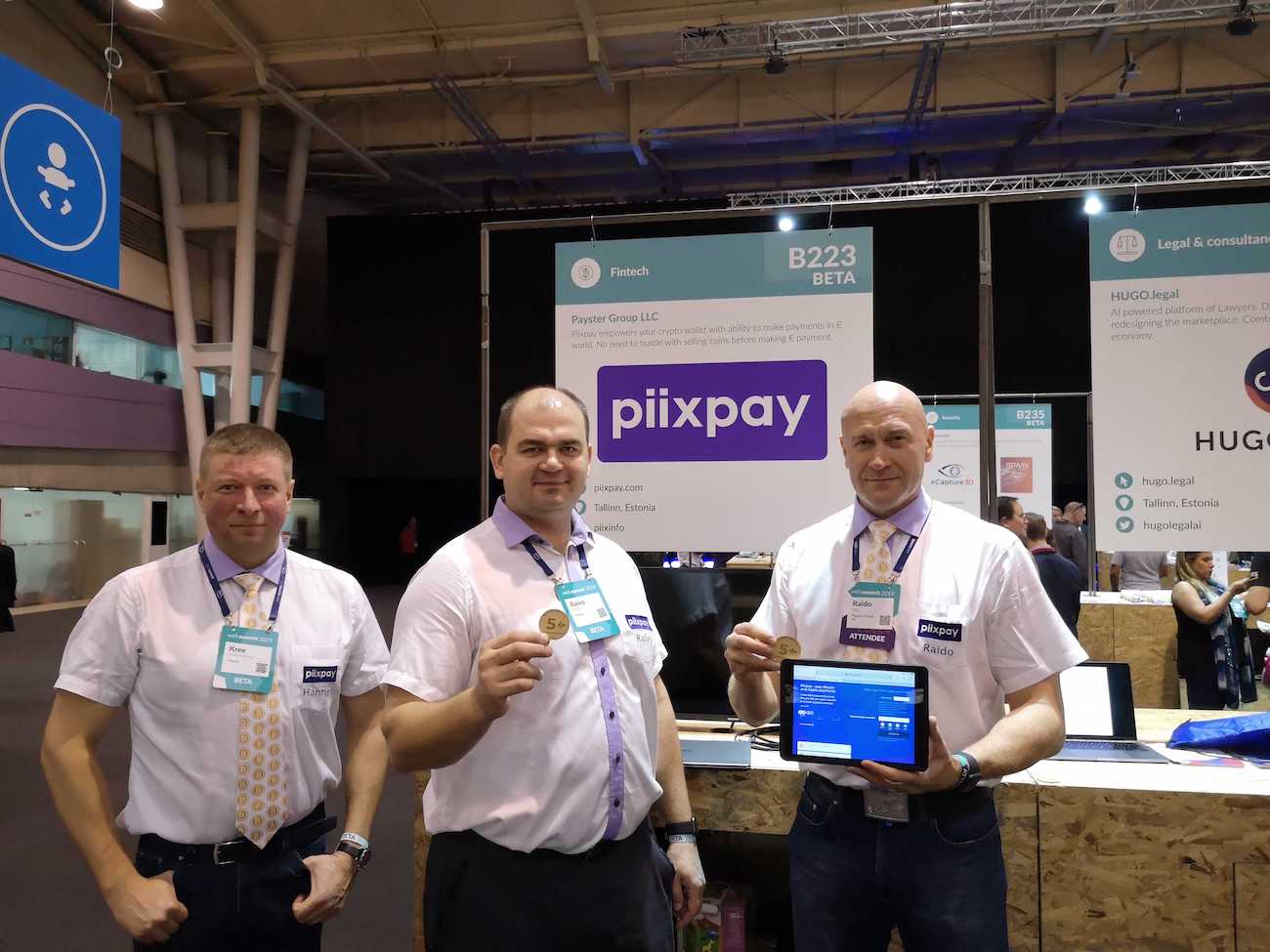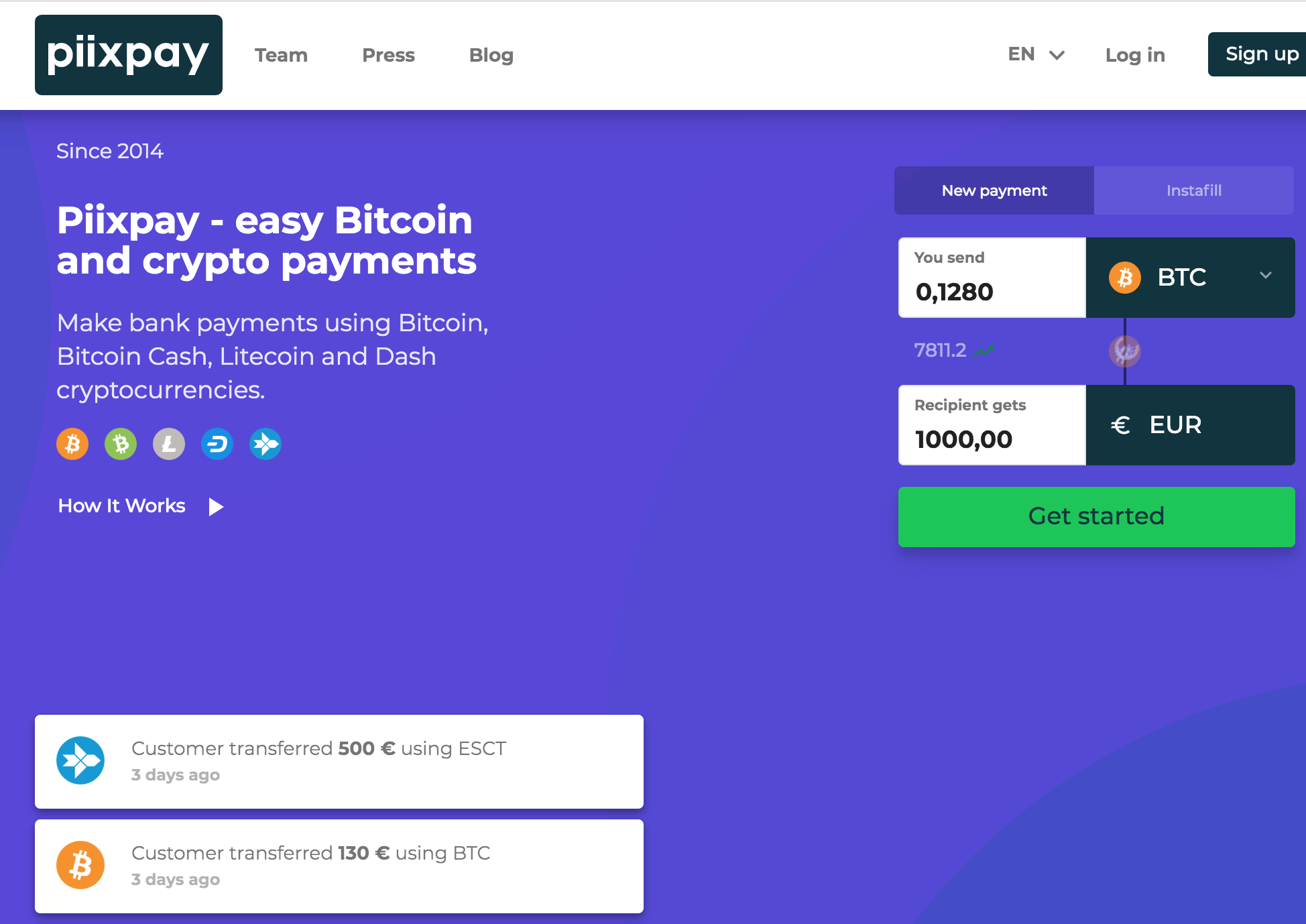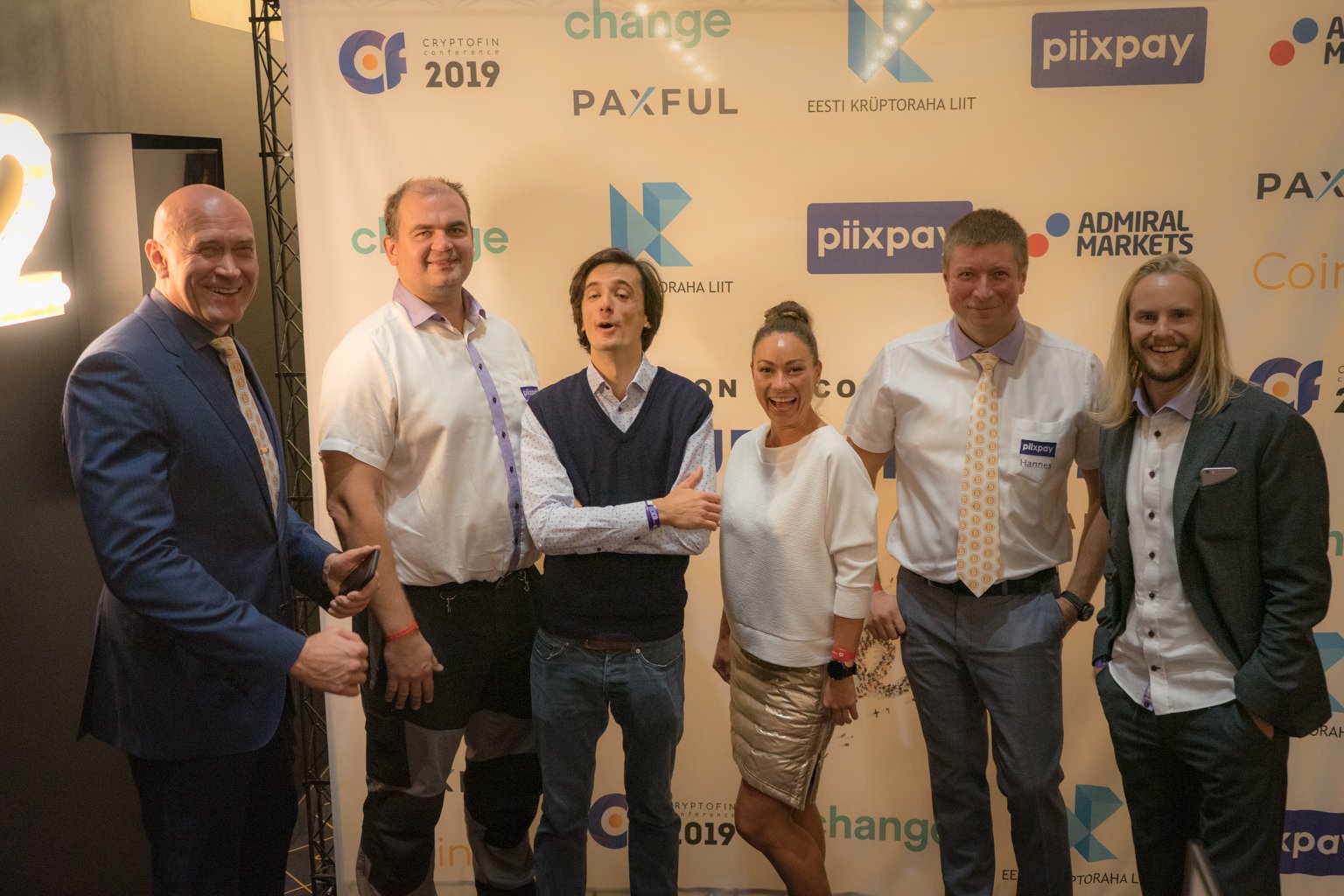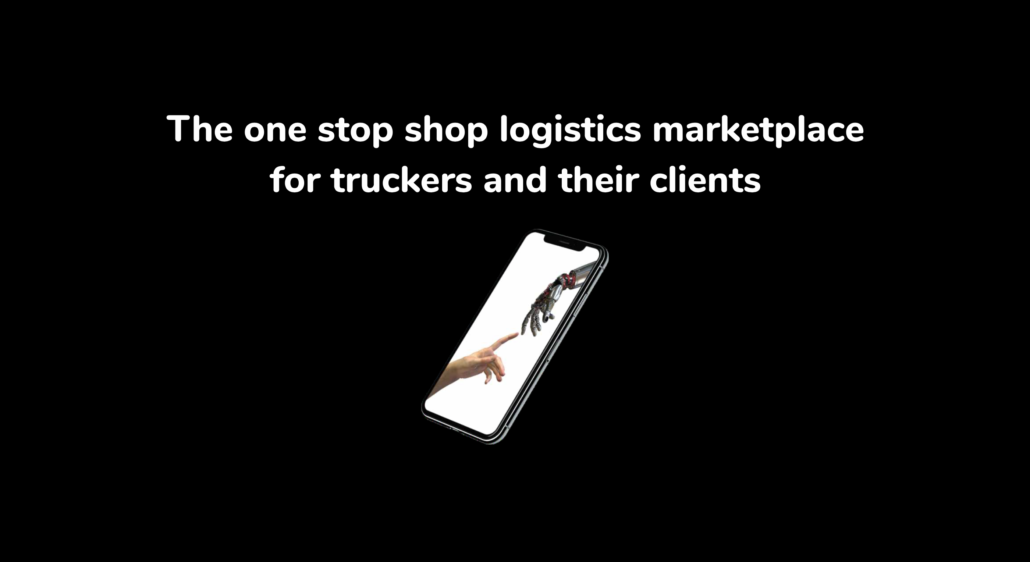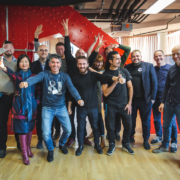Meet Symbolt: the Intelligent Design and Revision Platform
If you are a marketing manager working with an agency, there is a high possibility that you spend more time waiting for revisions of designed documents to be done than actually implementing them to the market. Usually these back and forth iterations take forever, and delay your product’s time to market so Symbolt.io is an intelligent design and revision space which empowers clients and designers to cut design revisions in half.
We sat down with Leart Zogjani, the co-founder and CEO of Symbolt. This platform is the result of hours of frustrations experienced by Leart and his colleagues. Initially a graphic designer, Leart runs a successful design agency but always struggles with revisions, especially on long documents where one change can break the whole layout. The goal of Symbolt is to bring a radically better process to design long documents. After realising that there were a lot of tools for collaborative design but nothing for collaborative revisions Leart decided to launch Symbolt.
Hi Leart! What is it with Kosovo? You are the 3rd founders (after Gjirafa and Blocknify) from Kosovo joining our program. Is it something in the water?
Exactly. There have been several water-related investments from Czech Republic in Kosovo. I guess they put something in the pipes to call on entrepreneurs. Also, we wanted to run to countries with enough of it, but just far enough from the sea to be safe.
On a serious note though, StartupYard has built a really good reputation in Kosovo through Gjirafa, and also other companies that the SY team has interacted with. And Mergim (Gjirafa’s CEO), is someone that I’ve looked up to, and consulted quite often. He then suggested that I should definitely consider the opportunity to apply from day one. I guess he knew a thing or two about how life-transformative this experience actually is!
What prompted you to start developing Symbolt? What did you see as fundamentally wrong with the way graphic designers work online right now?
When in 2014 I started my design studio, as a young graphic designer, I aspired to build a company that would bring together design, contemporary art, and philosophy. We were up against a giant of “how things must be done”, and how the market works. So as a team of only a trio until 2017 we managed to exhibit and talk at Ars Electronica Festival, International Motion Graphics Festival, Doku:tech get published in several books, including a book on contemporary synthesis of the philosophical, theoretical and practical methodologies of illustration and its future development. It was all fine and dandy, with the exception that our business was barely in survival mode.
Whenever I jumped into making any work that would pay well, it would mean that there is maybe 20% creative work, and 80% technical, repetitive work with A LOT of back and forth with the clients.
In particular, when we were working for a few clients in the financial sector (which certainly paid best), the documents that we needed to design, however easy to complete from a visual standpoint, and under strict branding rules, took forever to finish, as most changes needed to be done on the copy, and after the final design had been approved.
So what we had to do was literally go through dozens and dozens of iterations through emails, and phone calls, as well as probably hundreds of annotated PDFs that left no space for us to enjoy our work.
Now that, I call appalling. Yes, there are many ways to lock clients in contracts, or maybe get paid for changes. But, who can say that they are happy to do a gazillion technical changes, when they have a bachelor degree in graphic design? This gets even worse for the freelancing community that keeps expanding.
On the other hand though, this seemed to be no less frustrating for the marketing team on the other side of the coin – the clients. I mean, if they can afford to pay for our time, that means their time is already more valuable. And they end up spending so many hours of their lives trying to clear out to us what exactly to change and where, and then wait an extra couple of days for us to get it done and delivered. Guess what their pressure to deliver on time to market was doing to them!
To me, that’s quite a few red flags to sound the alarms of something needing to be done about it.
You are calling Symbolt an intelligent platform. How intelligent is intelligent?
Well, it’s hard to put a label on this kind of intelligence. I’m like the father who’s super proud of how smart his kid is. So, obviously, his kid is the smartest out there :).
The point is, we are really doing our best to bring in a way that this kid can soon start to learn on its own and actually increase its own intelligence. We do have quite a way to go till there though.
So initially, we are trying to learn a lot. We allow our users to make a limited number of adjustments, while also the design environment is closed, so all the work is done within Symbolt. The idea is to allow more and more changes from marketing and other corporate teams (non designers) as we go, while also allowing designers to import files from other platforms.
That would make Symbolt more intelligent, as would it allow users to always increase their speed to a better design results.
Can you tell us a bit more about how your technology really works?
It is relatively straight forward (or so I like to think).
The platform gives access to different features for designers, and a separate ones to marketing teams and end-clients.
If we were to compare it to text editors, it’s like what Google Docs is to Microsoft Word, or even PDF editors: Symbolt allows the clients to directly impact the copy. But this time allowing changes in complex design, without breaking it.
On the other end, comparing with UX tools, one could say it is somewhat similar to Invision, Adobe XD and the likes, where designers can design, and clients can make comments and notes.
Obviously, this, to come to life is much harder than it sounds. I am sure every designer reading this will agree. There are so many things we need to think about for every little change in the design. Even more so, each design is very different.
So this is where the beauty of Symbolt actually is.

Marketing teams can make the copy changes and review the design. We will soon be adding approval systems, so that larger teams can quickly get to be able to float design documents in different decision ranks and be able to actually reach a final document possibly in half the time of what it takes today.
Having been in the designer shoes for so long, I have compiled a group of rules and issues that I’m always on the lookout for. So for every change that the client might make in the text, then there are a bunch of reviews that happen to bring everything in place.
Symbolt checks for widows, orphans, margins, grids, proportions etc within a page, and makes decisions on how to deal with the issues at hand. This way, creating an almost “responsive” design for each change made, and allowing relatively good results for each interaction.
On the other hand, designers can start their project either by directly uploading the word document that they received by the client, then choose a template to start from, or just start with a blank design. In the first case, there might be some cleaning up to do. We have been working on recognizing word file structures as much as possible so that Symbolt will automatically recognize headings, body copy etc, but some files are just too complex. Then the content will be laid out in proposed pages. The designer can choose different styles, fonts, colors etc for the whole design at once, as everything is stylized, and then, instead of needing to touch every element individually, we have added a modular design system for them to access and quickly change the layout of different pages within each document.
Should anything become a design issue again, the clients have the ability to put good-old comments and annotations directly in the designed document, and instead of that being another PDF in a long string of emails, it becomes a quick notification on the designer, who can quickly access the design editing features and fix anything.
So, if I were to make a TL:DR: Designers design quickly, and worry only about design comments, while marketing teams can edit the copy away and the design will remain unbroken.
Final files can then be exported to PDF for print or web. Obviously, while all the time making sure that there is versioning of the files and nothing is lost in the air with “where the hell is that last version of the file” question.
Your co-founder is your brother. How difficult or easy is it to work with someone from your family? Why are you a good match for this project?
This has actually been a family discussion almost two years ago now. Elion joined my design agency Skins.agency at that time. It was a very unknown situation for both of us. But one thing we knew for sure: we went along really well, and we have had our fights. They all ended up with us clearly realizing that we are complete opposites that fully agree on basic principles. I’m the designer and chaos maker, run for the vision, don’t care about finances or chasing down unpaid invoices, or putting up a process. Elion is the extremely organized freak. Everything I make a mess of he puts in place. He’s a psychologist, knows people well, and has an incredibly powerful sense of how I should be dealing with each person. So he organizes the team, has a tougher look on his face, so invoices start getting paid once he’s on the email chain. He always makes a sanity check on me and whenever I’m flying brings me back to earth.
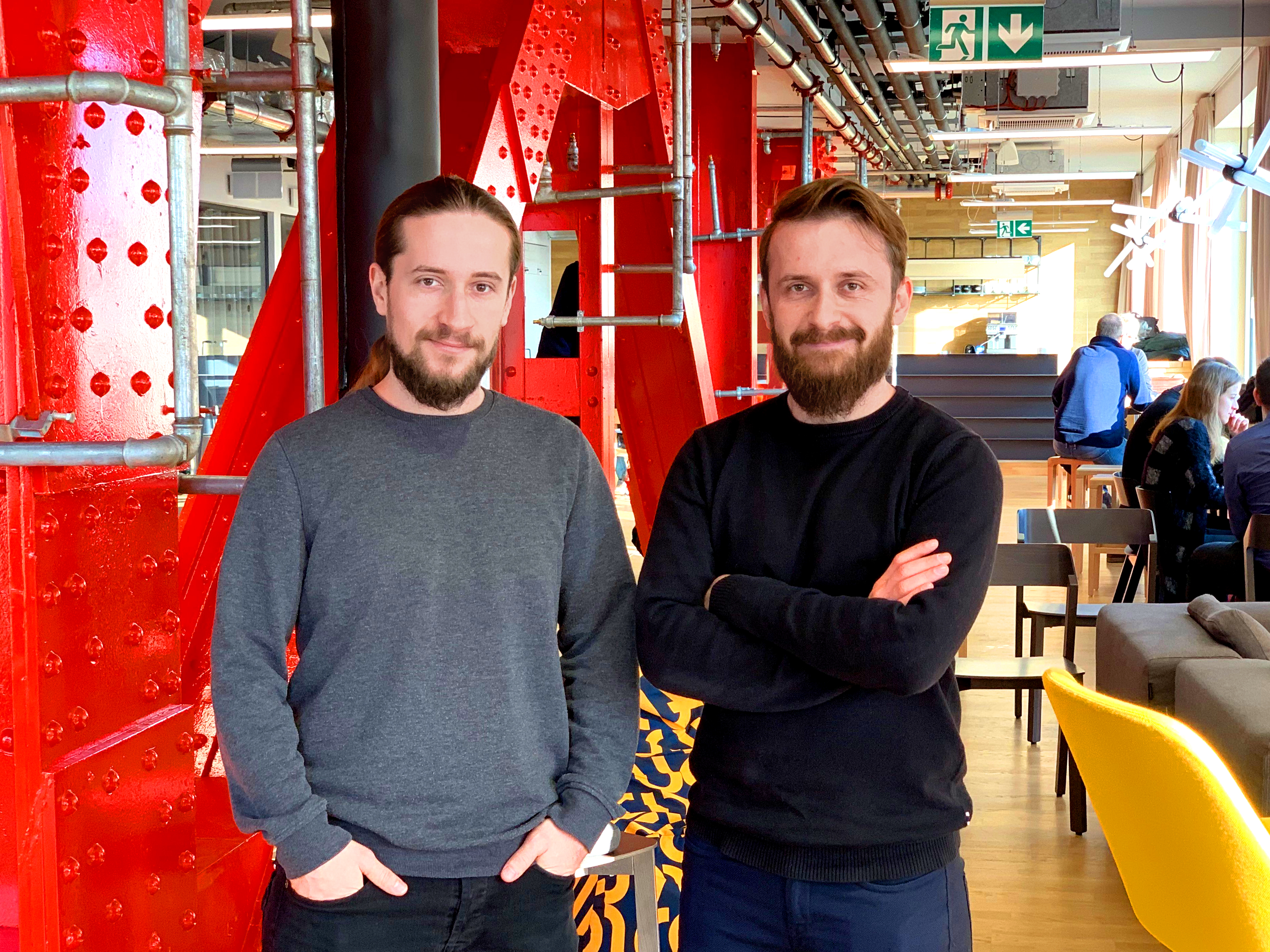
Today with him around I feel like don’t just make a team, but almost like a single body with a very well rounded strong personality.
But we’ve always heard horror stories of family members in business. So, first thing’s first: before we had started work, we had a serious family meeting, we sat down and got this all sorted out. We made sure to clear out who does what, and who is a decision maker. That way in less than two years, we doubled our design business revenue, started Symbolt, raised a small investment with this acceleration program while had only an idea, won on local startup events, and are crushing it every day!
Let’s talk more about your products. What would you say distinguishes you from other collaborative tools for designers? What is your “killer feature?”
We are actually adding intelligence to the revision process.
So today, marketing teams can probably add some annotations to a PDF, or what often happens: print out the pdf, draw on it, and then send it back to designers.
Collaboration tools have been heavily focused web and app design. We are focusing on long documents (multi-page ones).
I can already see some designer shouting at me, and feeling like the design industry is at risk due to this tool. Also that a software will never be able to make the right decisions on design, as a designer would.
I would argue that the idea behind Symbolt is to actually give designers the opportunity to dive deeper into design, and what design means, while actually giving the clients the ownership over the product that they buy, by being able to make their decisions on the copy they write anytime, and not only for a limited amount of time.
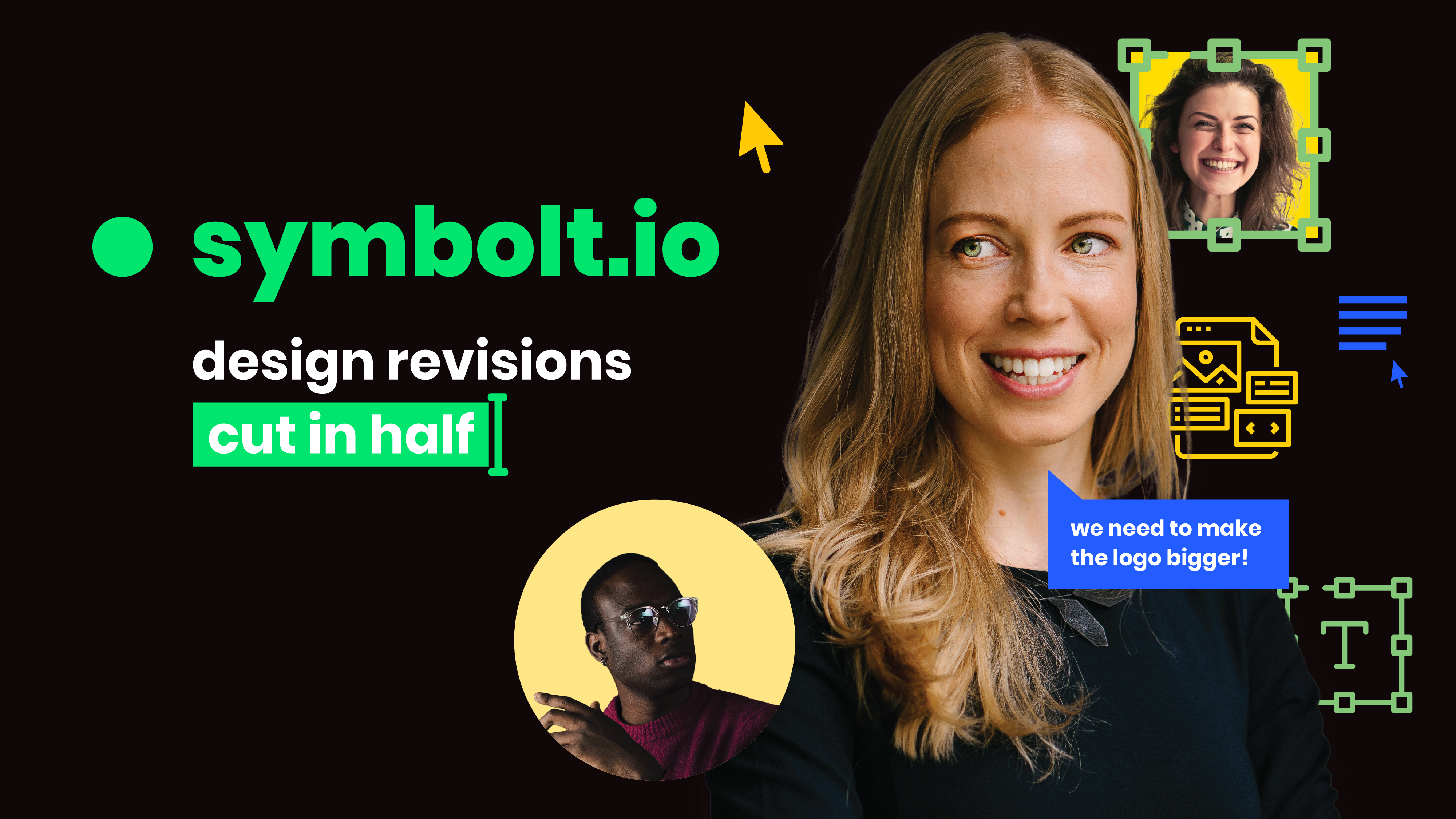
In the last decades we have seen designers thinking about the psychology of design, of the target audience, and of the useability of design more than they ever had to before. And that has mainly been the case due to the spread of design in the everyday tools that we are using. So Symbolt will only allow designers to shift more and more of their focus towards making the right structural decisions, while getting rid of mechanical tasks that suck the soul out of a creative thinker.
Thus, to get back to the question, as opposed to other collaborative tools out there, Symbolt proposes a new process to designing long documents, and deepens the ownership of the process to each party involved in it: the designer, and the client, or copywriter.
What have been your team’s biggest personal or professional challenges in making this project a reality?
There have been a few relatively large challenges that we’ve faced in the past few months.
I’d start with our backgrounds: none of us actually has a technical background. Building an intelligent software without a developer in the team is quite a big wall to break, as you can imagine. As a matter of fact, we are still on the lookout for a technical co-founder.
Took us a few months to find a team that would take the challenge of building this software, but we did it!
Then personally, well, I had never sold to large corporates before. The market we came from is relatively small, and a large company there would be considered max a medium one here. Understanding the sales within huge companies as we had to do in the past few months was one of the toughest things I have had to do in the past few years. And it still is a challenge.
At StartupYard I met with so many amazing mentors. Most of the conversations I’ve been engaging with them lately have been around negotiations, and maturity to be shown in meetings with these organizations. So it has definitely been an unbelievably steep learning curve for me.
I think at some point it’s even hard to say what the challenges are right now. We have both become like play-doh lately. We are being reshaped everyday into completely different people. I think only in a year’s time, or maybe longer, will we be able to look back and see what challenges we have overcome. Right now maybe we can’t even see how much we’re changing from all the volume of work that we’re doing.
Who is the ideal customer for Symbolt? What do people need to get started with Symbolt?
There are two very specific groups that Symbolt is ideal for:
Marketing teams that have to wait forever for a single change on a designed document. Or if they are producing their own branded materials.
And Graphic Designers that need quick turn-around time on layout projects and want to get rid of unpaid and head-breaking copy revisions.
For designers, it’s pretty straight-forward. Create an account, and start using it. Only pay when they like the results and are ready to download their final PDFs.
For marketing teams and larger companies, we’re providing the possibility to input all their branded materials so that they can quickly and easily access them and produce as many as needed without the direct need of the back and forth with the agencies, or designers. So obviously, there is a set up time involved.
Has there been a major surprise for you since joining the StartupYard program? Did you learn something you weren’t expecting to?
The whole thing was a surprise! We thought we’d get a little money to get us going, and maybe a contact or two by coming into a new environment. But boy were we wrong!
We mentioned the negotiating ability with large companies. That’s NOT an easy skill to come by. The ability to just so easily communicate what we’re doing, and have my doors open to anyone we could think of. Most definitely we’re sure we can’t frame all that we’ve learned here, but it is already apparent that our whole mindset has completely shifted to something we had not experienced before.



